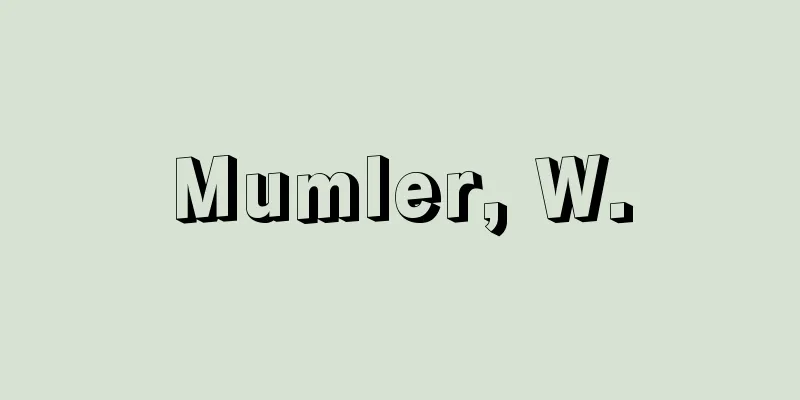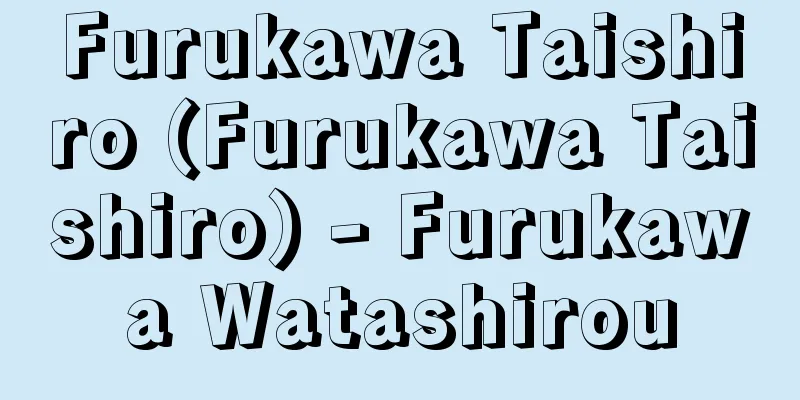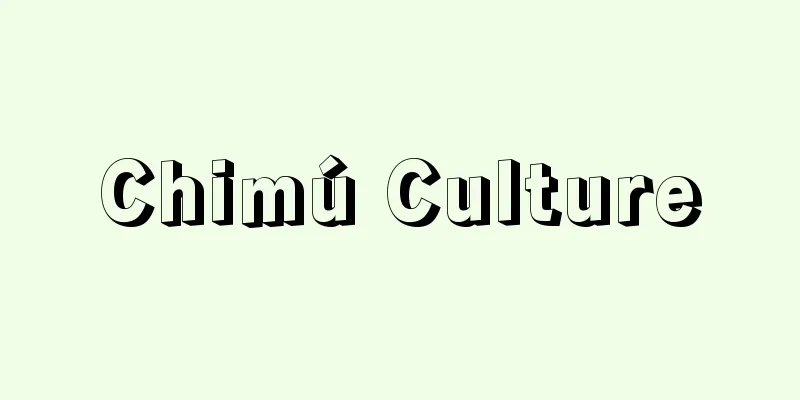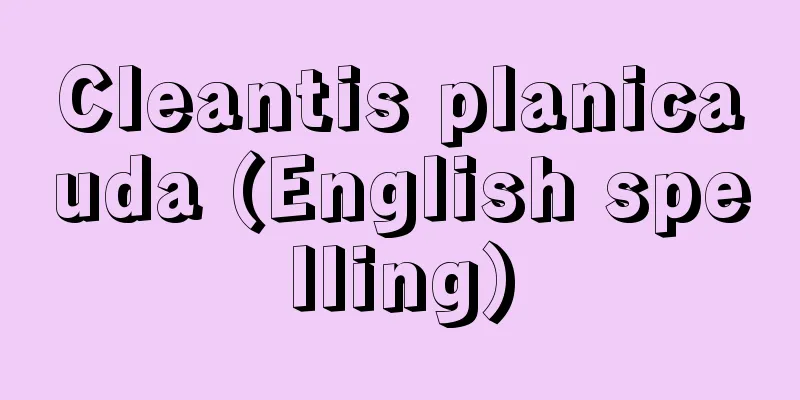Astāna - Asutāna (English spelling)

|
This is a ruin in the Turfan Basin in the Xinjiang Uyghur Autonomous Region of China. It is located about 2 km north of the ancient city of Gaochang. This is a group of ancient tombs where aristocrats of the Gaochang Kingdom were buried, concentrated in an area about 2.5 km east to west and 1.2 km north to south. They date from the 3rd to 9th centuries. Because this region is extremely dry, most organic matter remains intact, and valuable relics that show the culture and life of the time have been excavated. In the past, the British Stein and the Japanese Otani Expedition investigated this place and brought back many artifacts. After the liberation in 1949, the Xinjiang Academy of Social Sciences began a full-scale investigation, and it is said that most of the artifacts have already been excavated. The artifacts are currently on display in museums in Urumqi, Turfan, and other parts of China. The main excavated items include a large number of Chinese documents. The contents include remnants of classics such as the "Shangshu," "Mao Shi," "Analects," "Records of the Three Kingdoms," and "Wen Xuan," as well as numerous ancient documents that reveal the politics, economy, and culture of Gaochang. In addition, numerous tombstones have been excavated that record the official titles and burial dates of the deceased, and the chronology and official system of Gaochang are becoming clearer. Various fragments of silk fabric have also been unearthed. Many wood carvings and clay statues have also been excavated as grave goods. Namely, clay figurines of horses, camels, monsters and horse-mounted figures, playing a hundred games, and performing music and dance, as well as agricultural crops, food, and various medicines, and these, along with the wide variety of ancient documents, are valuable resources for research into Gaochang. [Kazutoshi Nagasawa] Source: Shogakukan Encyclopedia Nipponica About Encyclopedia Nipponica Information | Legend |
|
中国、新疆(しんきょう/シンチヤン)ウイグル自治区のトゥルファン盆地にある遺跡。高昌(こうしょう)故城の北方約2キロメートルにある。ここは高昌国の貴族たちを埋葬した古墳群で、東西約2.5キロメートル、南北1.2キロメートルの地域に密集している。年代的には3世紀から9世紀に及ぶ。この地方は極度に乾燥しているため、有機物もほとんどそのまま残り、当時の文化、生活を示す貴重な遺品が出土した。かつてイギリスのスタインや日本の大谷探検隊がここを調査し、多くの出土品を持ち帰った。1949年の解放後、新疆社会科学院の本格的な調査が始まり、すでにその大部分は発掘されたといわれる。現在その出土品は、ウルムチ、トゥルファンのほか中国各地の博物館に展示されている。おもな出土品としては、まず大量の漢文文書がある。その内容は『尚書』『毛詩』『論語』『三国志』『文選(もんぜん)』などの古典の残簡をはじめ、高昌国の政治、経済、文化を示すおびただしい古文書である。そのほか死者の官職、埋葬年月日を記した墓塼(ぼせん)も多数出土し、高昌国の紀年や官制が明らかにされつつある。また絹織物もさまざまな断片が出土している。そのほか副葬品として多くの木彫や塑像が出土した。すなわちウマ、ラクダ、怪獣や騎馬人物、百戯、音楽舞踊などの土偶、農作物や食品、さまざまな薬品などが出土し、これらは多種多様の古文書とともに、高昌国研究の貴重な資料となっている。 [長澤和俊] 出典 小学館 日本大百科全書(ニッポニカ)日本大百科全書(ニッポニカ)について 情報 | 凡例 |
>>: Astatine - Asutachin (English spelling) astatine
Recommend
Kito Ryu - Kitouryu
A school of early modern jujutsu. The founder of ...
Rock fleas - Rock fleas
It is a deciduous climbing woody plant of the Sax...
Orientalism
...James Merrill's long poem "The Changi...
Uzbek literature
...After the 11th century, it was strongly influe...
Gaudier-Brzeska, H. (English spelling) GaudierBrzeskaH
…Even after the 20th century, continental moderni...
"Red and Black" (Magazine) - Aka to Kuro
... The Dada movement also spread to Italy, Russi...
Hojo Tokimune
Year of death: April 4, 1284 (April 20, 1284) Year...
《Phonology》 - Oninron
…These studies were compiled in “Studies on the P...
Carex morrowii (English name)
…[Tetsuo Koyama]. … *Some of the terminology that...
Kashinozaki
…It is part of the Yoshino-Kumano National Park, ...
Quezon City (English spelling)
A satellite city located in the low hills between ...
Plantation - Puranteshon (English spelling) plantation
This refers to large-scale plantations based on l...
Baghdad (English spelling)
The capital of Iraq. Located in the center of the...
Kandara - Kandara
...Since a large number of mackerel are caught at...
Gold Market - Kinshijo
The gold bullion market is a market in which the p...









